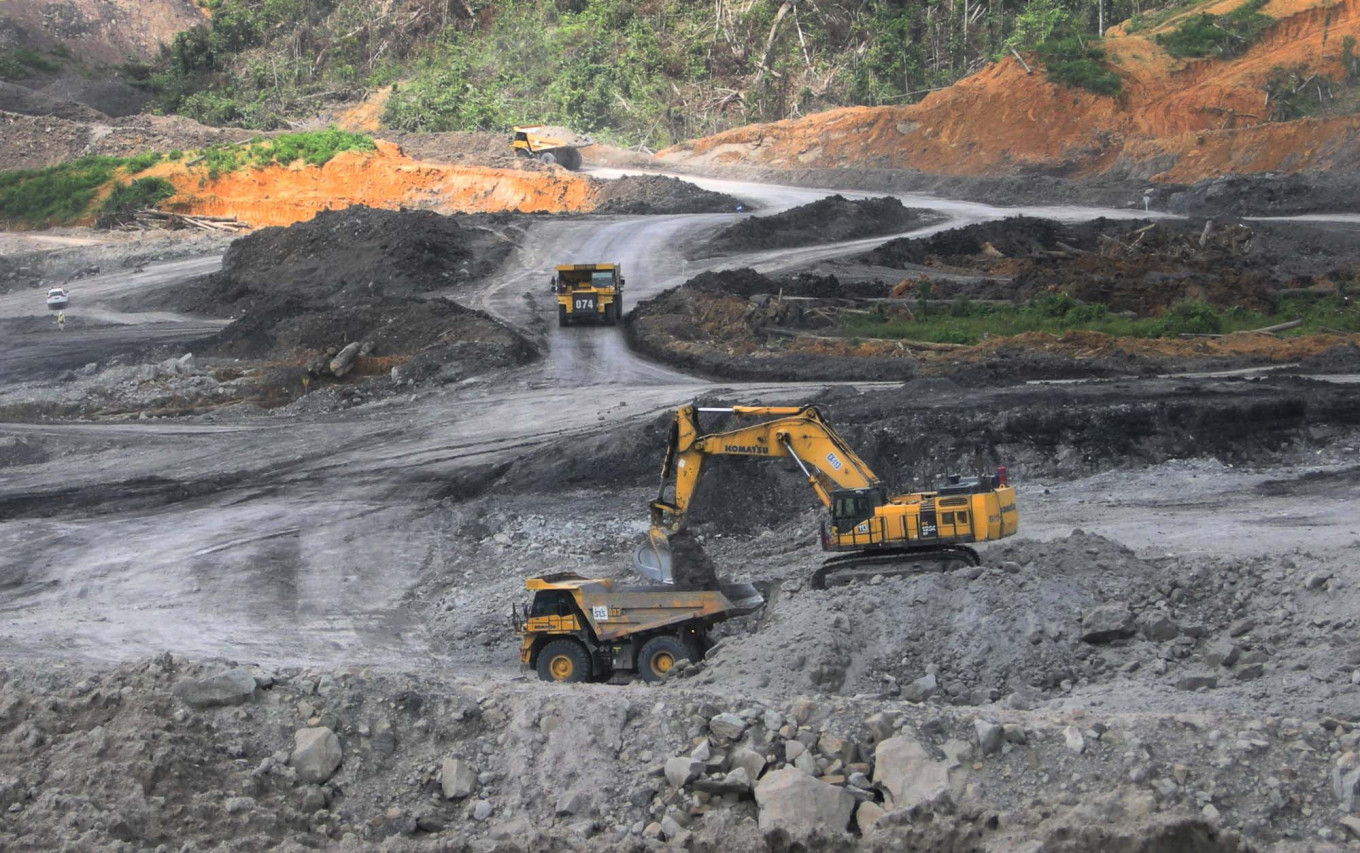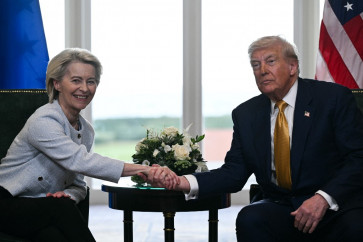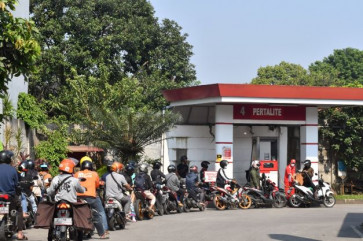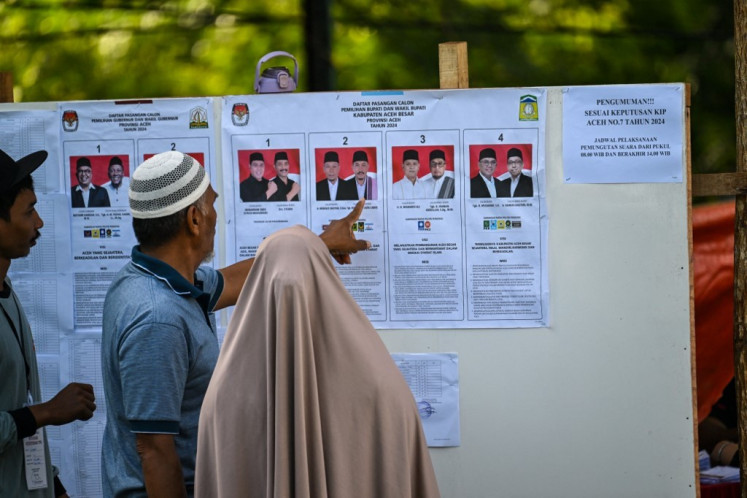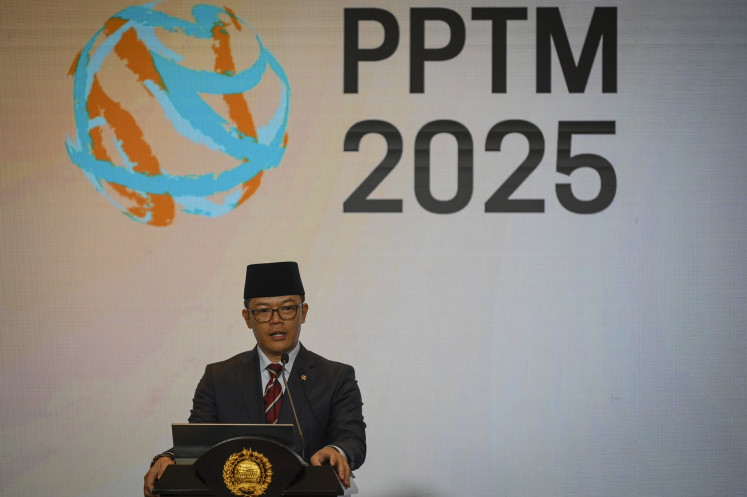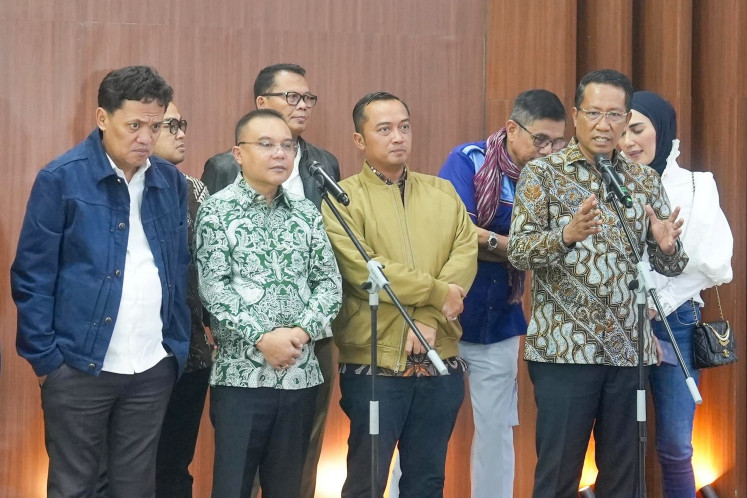Popular Reads
Top Results
Can't find what you're looking for?
View all search resultsPopular Reads
Top Results
Can't find what you're looking for?
View all search resultsCommodities boom sees surge in investment
Metal, mining sectors grabbed largest share of foreign investment in 2022.
Change text size
Gift Premium Articles
to Anyone
I
ndonesia experienced a massive increase in metals and metal goods investments this year on the back of soaring commodities prices, a trend that some experts believe might be prolonged in line with the global shift toward renewables and electric vehicles (EVs).
Investment Ministry data showed that the basic metal production and metal goods industries grabbed the largest share of foreign investments realized in the third quarter of 2022 at $8.4 billion, followed by mining at $3.4 billion.
“Indonesia’s economy is still heavy on commodities, so this year’s commodities boom had a significant role in pulling in foreign investments,” Ahmad Zuhdi Dwi Kusuma, an industry and area analyst at state-owned lender Bank Mandiri, told The Jakarta Post on Thursday.
Investments in the metals and mining sector were also influenced by long-term investment in strategic metals critical to the energy transition, such as nickel, he added.
Indonesia maintained its trade surplus for a 31st consecutive month in November to reach a sizeable US$ 5.16 billion surplus, even as exports and imports both slowed precipitously.
Exports grew 5.6 percent year-on-year (yoy) on the back of recovery in industrial metals prices as China ended its strict lockdowns, publicly listed Bank Central Asia (BCA) senior economist Barra Kukuh Mamia wrote in a report published on Dec. 15.
On the other hand, the small rise in crude palm oil (CPO) exports since June appeared to be receding, with figures in October temporarily propped up by the Diwali holiday in India.
Read also: Amid continuing surplus, RI trade performance cools
Meanwhile, data from the Indonesia Stock Exchange (IDX) showed that coal shares in the Indonesian Composite Index (IHSG) rose 66 percent year-to-date (ytd) on average.
“This is mainly supported by soaring coal prices,” Fauzan Luthfi Djamal, a mining analyst with RHB Sekuritas, said on Dec. 19.
Indonesia’s coal boom was driven by a combination of economic uncertainties caused by Russia’s invasion of Ukraine and the ensuing prolonged war, which forced several European countries to limit the use of natural gas and instead burn more coal for electricity production.
Other mining commodities, including copper, aluminum, nickel and tin, also enjoyed price increases alongside issues related to inflation, appreciation of the US dollar and low inventories, Fauzan said.
Massive investment boon
Investment grew 35.2 percent yoy in the first three quarters of the year, driven by solid growth in domestic direct investment (DDI) and exceptional growth in foreign direct investment (FDI).
The destination countries that gained major investments were those exporting energy or battery metals and those relocating their factories from China, BCA senior economist Barra stated in a separate report published on Nov. 11.
“Indonesia clearly belongs in the first group,” he added.
The commodities boom centered on energy transition metals, including aluminum, copper, cobalt and lithium, particularly as renewables and EVs led the consumption drive, Theo Yameogo, EY Americas and Canada mining and metals leader, wrote in an article published on Sept. 11.
However, their contributions to overall consumption might remain low, considering the possibility of a global structural slowdown impacting infrastructure projects.
Indonesia has been counted among the select few countries projected to experience relatively strong growth in 2023, according to Barra, as the country, an exporter of metals used in batteries or renewable energy production, had seen a strong investment trend in metals and mining this year.
Read also: Metal price rally to cool after China lockdown
Looking ahead
Metal balances were looking more optimistic in 2024 in light of macroeconomic indicators and a projection that the coming global recession in 2023 would not be “as bad as expected”, which would indirectly cause the dollar index to weaken, said the RHB’s Fauzan.
Moreover, China’s relaxed zero-COVID policy was expected to increase the demand for base metals.
“In the long term, the global shift toward renewables and EVs is expected to continue increasing base metals demand, including nickel,” said Fauzan.
“EV adoption and renewable energy development in Indonesia would still be a defining factor next year,” he added.
Indonesia holds more than a fifth of the world’s reserves of nickel, a primary material used in lithium-ion batteries in most EVs. Australia is the only other country with equally large reserves of around 21 million tonnes, according to a March 2022 report in Statista. Indonesia also has the world’s third-largest reserves of cobalt, another vital chemical element.
The archipelagic country is projected to become the world’s fourth-largest producer of green commodities by 2030, only behind Australia, Chile and Mongolia, according to The Economist.
The government is banking on the country’s abundance of energy transition resources to fuel an economic revival, stimulating economic growth and putting a stop to two decades of deindustrialization.
Fauzan expected the benchmark Newcastle coal futures to hover at an average $200 per tonne in 2023, though he predicted nickel prices could fluctuate around the current price of $28,000 per tonne.
“The [price] trajectory remains positive compared to the past four to five years. Closing prices at the end of next year could still be higher than the current average, at least,” he said.
According to Energy and Mineral Resources data, the government had set its coal benchmark price in October at a record high of $330.97 per tonne as demand from Europe rose, up from $319.22 per tonne in September.
Indonesia is the world's biggest exporter of thermal coal.
The mineral benchmark price (HMA) for nickel, aluminum and copper in April hit an all-time high since Indonesia introduced the reference in 2017, before the it fluctuated downward and slightly upward to reach respectively $23,907, $2,282 and $7,890 per dry tonne in December.

